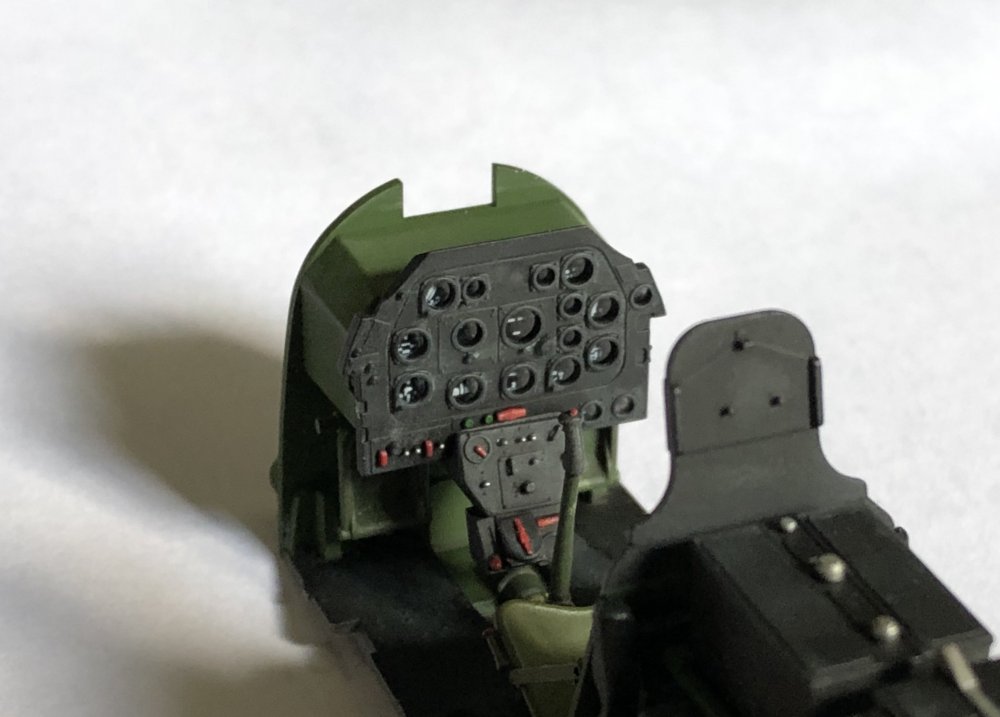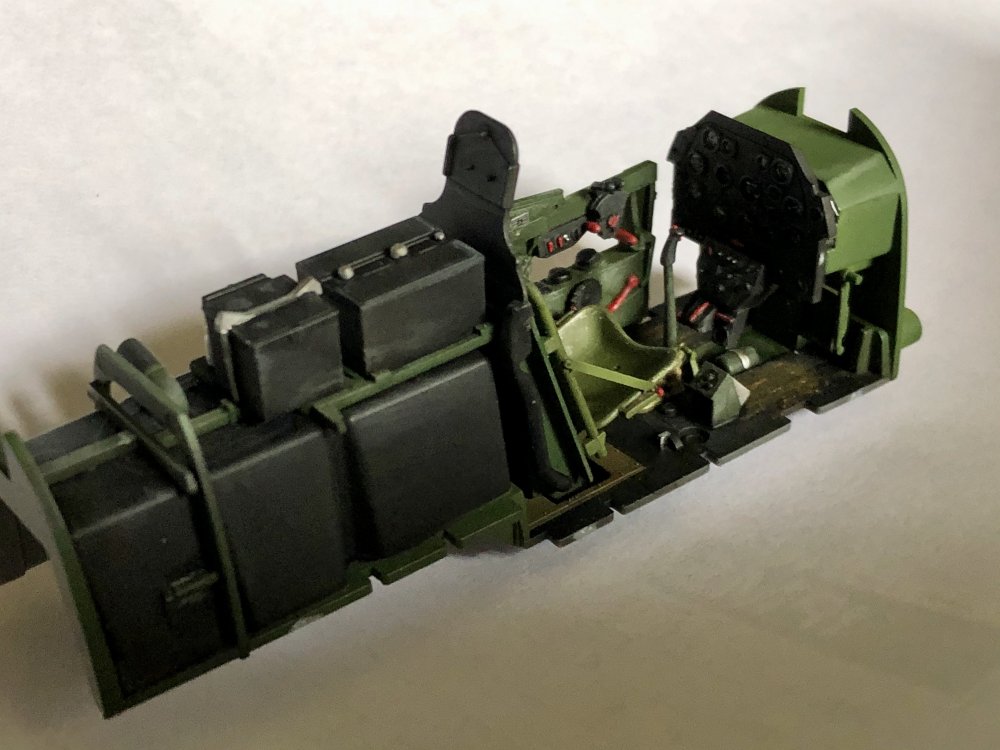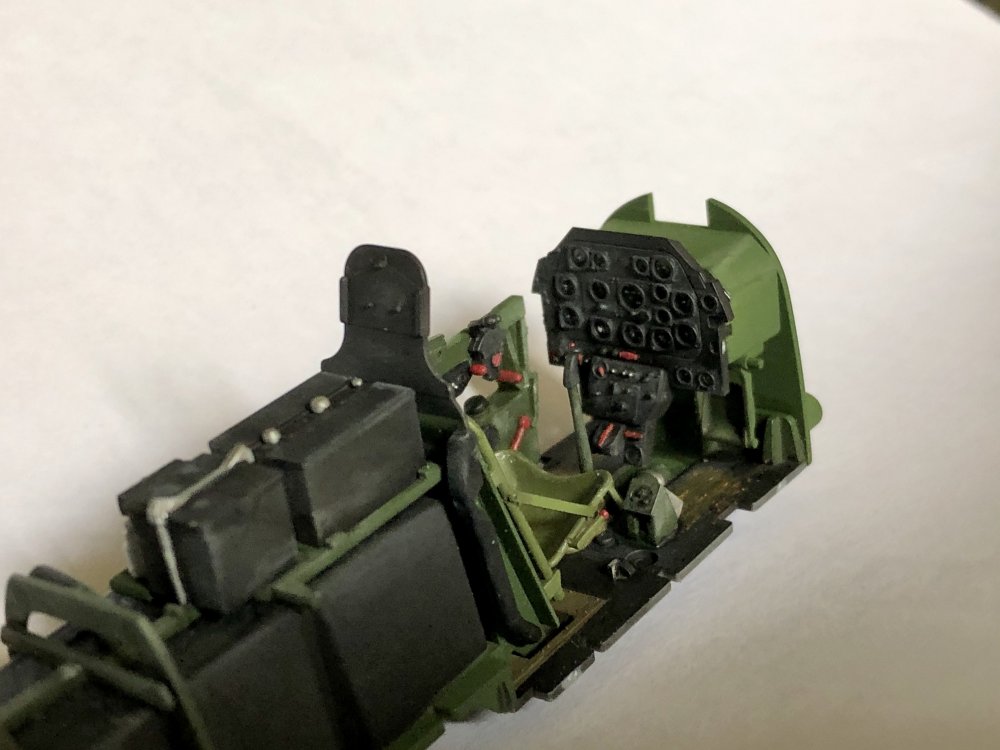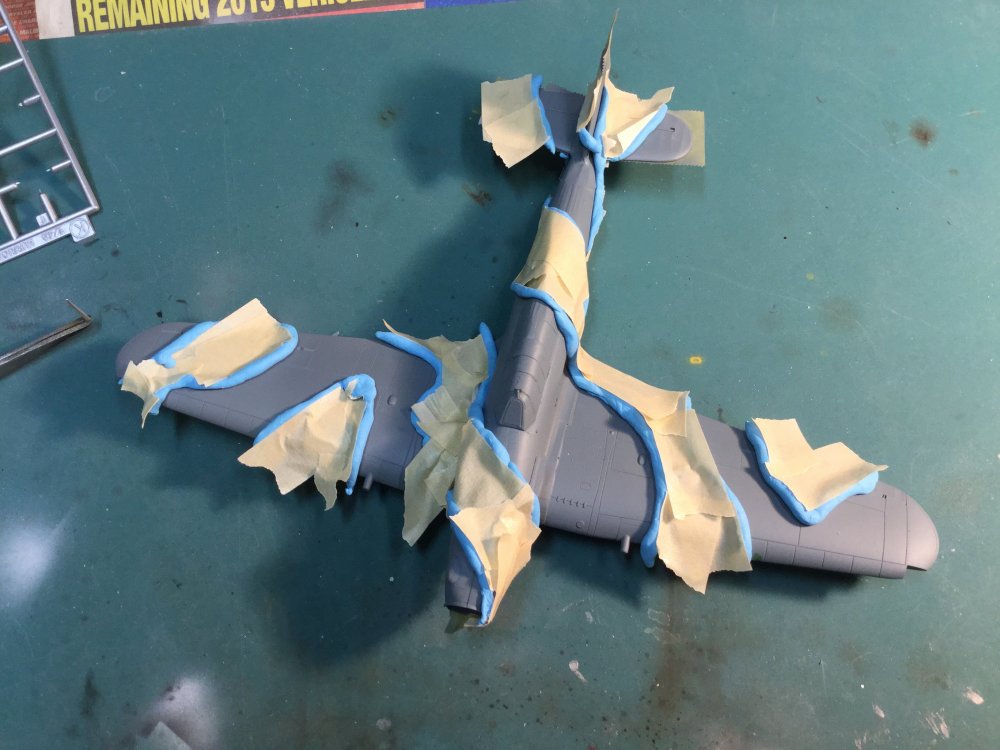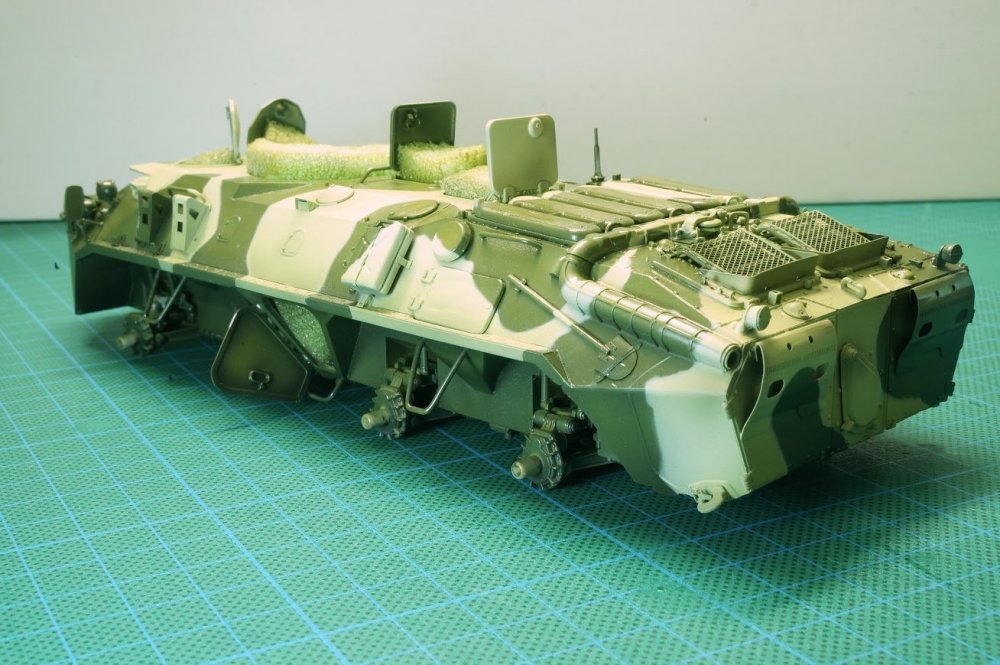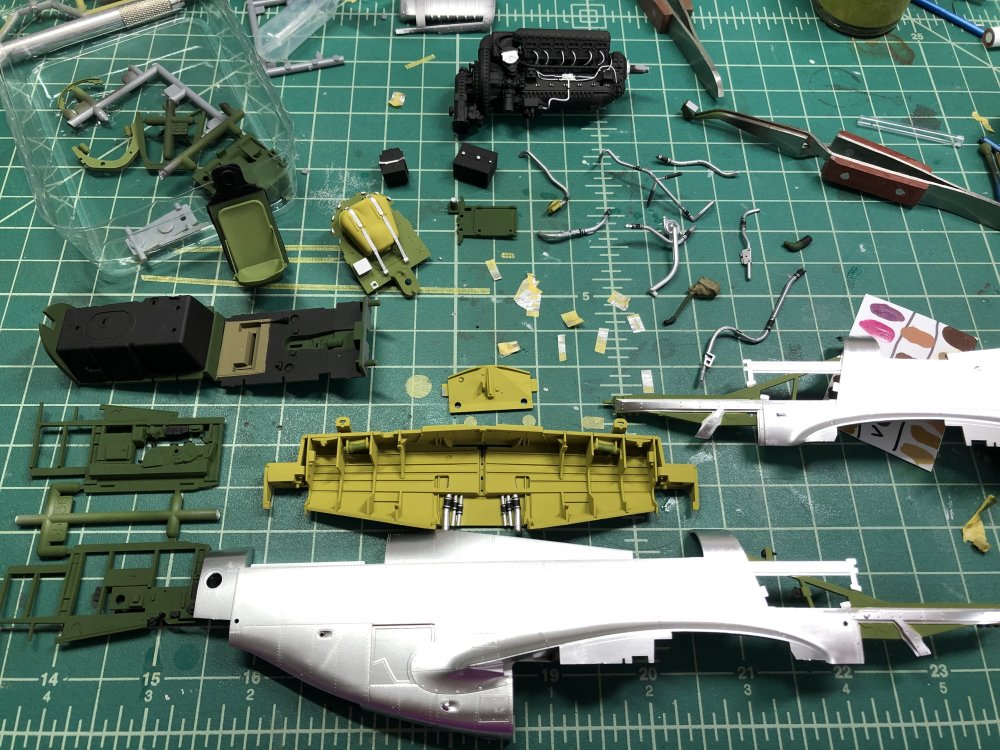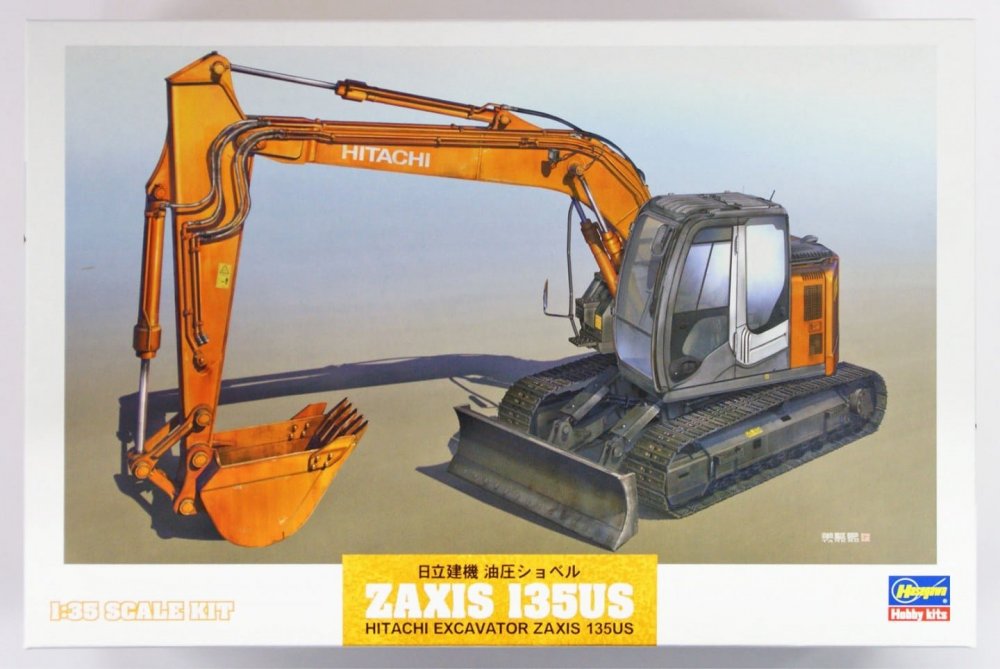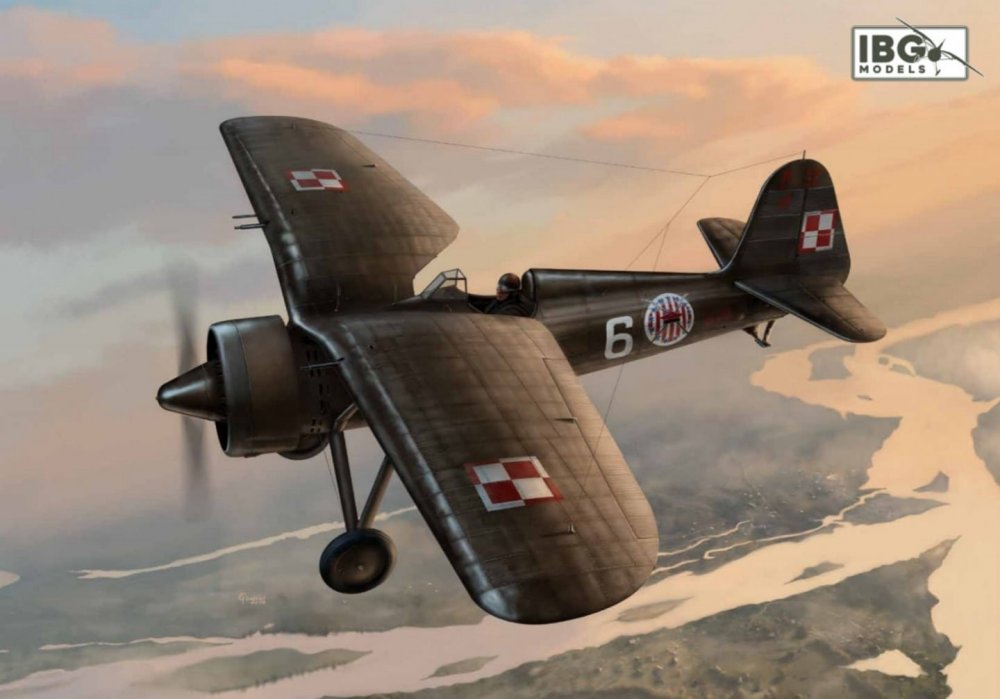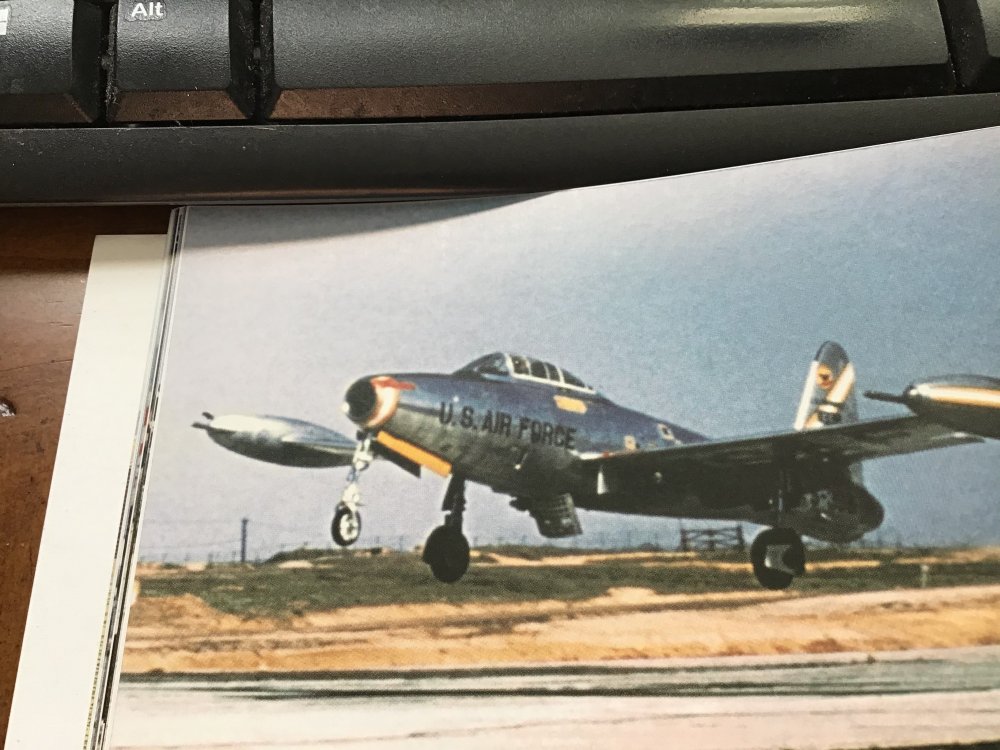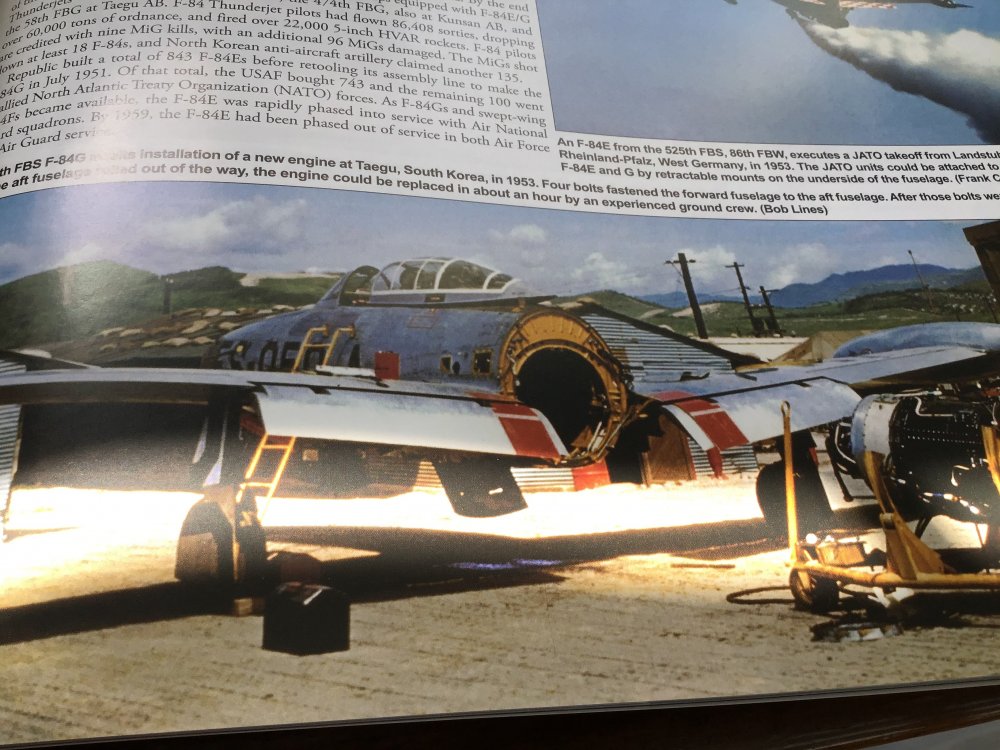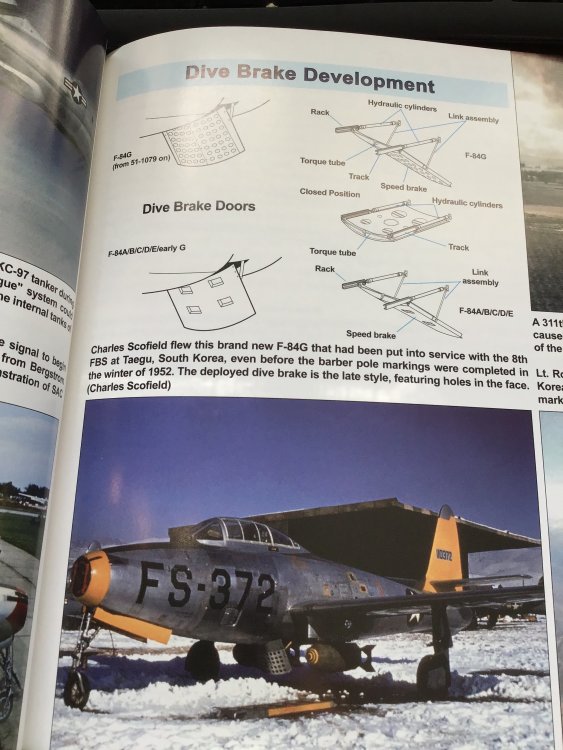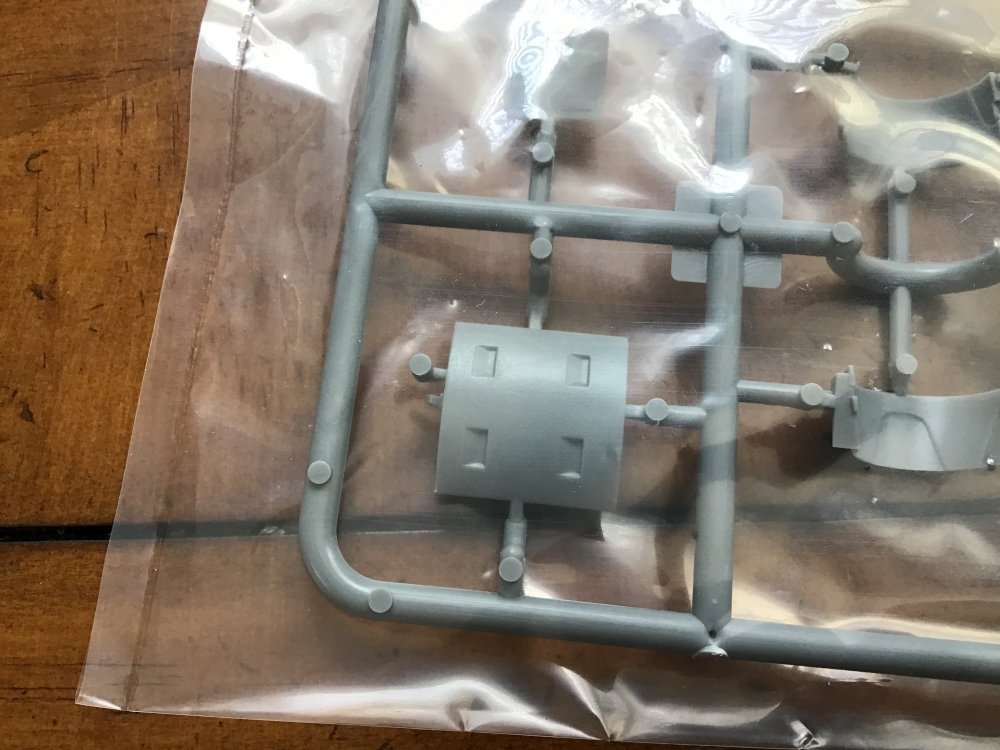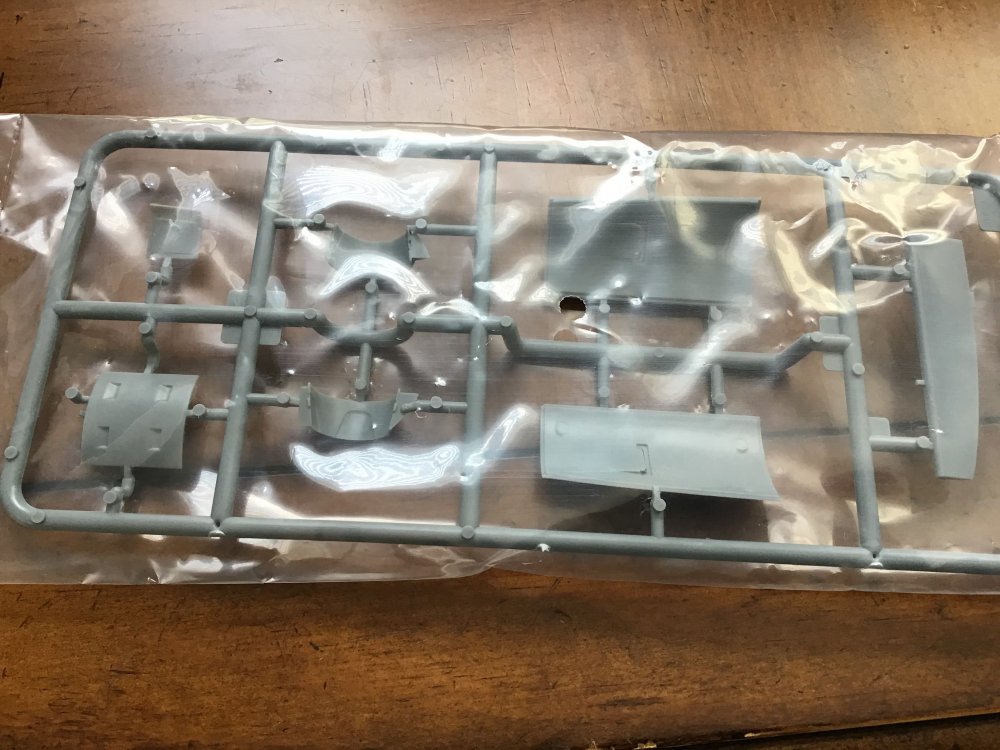-
Posts
1,767 -
Joined
-
Last visited
Content Type
Profiles
Forums
Events
Gallery
Everything posted by 1to1scale
-
Doing great Harv! I have been watching this build closely, I am on the verge of getting one of these.
-
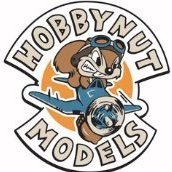
Tamiya P-51D, easy bake & shake.
1to1scale replied to 1to1scale's topic in LSM 1/35 and Larger Work In Progress
Still plugging away, a little each day. I have the cockpit mostly done, still debating whether I will use a pilot, I have test fit a Hasegawa P-40 pilot since they are dressed in lighter pacific gear. If I don’t use a pilot, then I will be adding a Look IP and seatbelts. I didn’t realize just how bad the kit panel was. Going to start the weathering on the engine next, in prep for closing up the fuselage. -
Crap, you did it before I had a chance to tell you, you can mask with silly putty or blue-tac. It gives you a much smaller feathered edge, similar to the wood masks that were used back then. I used it when I want a hard line, but with a tiny bit of a softness to it. I think it gives a good scale effect. All you have to do is roll it to a snake on your mat, then stick it down to the model. It’s a good way to mask over hatches, rivets, etc. (note: I use white tac, same but white color). i never thought to take any pictures when I am using it for masking, but here are a few pictures I found on the web.
-
I have seen the same, and historically, when I high quality kit maker goes under, the prices will continue to go up. If you can find the $80-100 Wingnut kit, it might be worth buying a few to resell in a few years.
-

IBG models PZL P.11c. Finished
1to1scale replied to Clunkmeister's topic in LSM 1/35 and Larger Work In Progress
Well done! I love it! -
Check DN Models, they have several masking sets. i know the later B-24 (j) used 8 spoke wheels, but I’m not sure what the early D’s used. However, the wheels used could have varied by manufacturing plant and not model. The B-24 is the most difficult plane to determine what is correct because it was put together from so many places and sources, and often changed in the field. A whole set of procurement laws were put in lace after the war because of the B-24 parts debacle. You also have to remember that these were not F-15 Eagles, they were built en-mass for the fastest production, to somewhat “loose” standards. The expected lifespan of these airplanes were 25-50 missions. Many were so tired after the war ended that they were just left or dumped. They earned their name as “Consolidated Mess!” So the only answer to your question, try to find pictures of the plane you are building and figure out what parts were installed on it.
- 1 reply
-
- 2
-

-

Tamiya P-51D, easy bake & shake.
1to1scale replied to 1to1scale's topic in LSM 1/35 and Larger Work In Progress
I should join you. I intended to have a drink this weekend, but never got around to it. -

Tamiya P-51D, easy bake & shake.
1to1scale replied to 1to1scale's topic in LSM 1/35 and Larger Work In Progress
Setting fire to my dog? you been drinking? -

Tamiya P-51D, easy bake & shake.
1to1scale replied to 1to1scale's topic in LSM 1/35 and Larger Work In Progress
Small update...I spent a few hours yesterday and today doing a little painting, still have more detail painting to go before I can start weathering, and then need to fit a pilot to the cockpit. Next I need to find a paint that matches the plated finish, I tried my metal air colors and found a couple that are sort of close, but I’m going to spray out some Xtream Metal and see how they look. -
I finally got my PZL P.11 from Europe today, and I got my Hasegawa Zaxis yesterday. Yes I have a weird fascination with excavating equipment.
-
I’m a little on the fence on this one, I was burned by the B-24J, lack of turrets have stalled that build. So I’m going to wait and see Ernie build one first. If he gives the stamp of approval, I’ll buy one like the p.11.
-

1/32 Revell Bristol Beaufighter build
1to1scale replied to CrankyCrafstman's topic in LSM 1/35 and Larger Work In Progress
Amazing work! -
I only planned to buy 3 new kits this year, and this was one of them! I wonder what the release date is?
-

F-84E interior and corret dive brake wanted
1to1scale replied to JohnB's topic in Modelling Discussion
I’m guessing Hobby Boss used a cobbled together museum plane for measurements. -

Anyone here build the Hasegawa A-4 Skyhawk? Nose weight?
1to1scale replied to ScottsGT's topic in Modelling Discussion
.5 oz or about 14 grams sounds right. Just remember, the farther forward, the less weight you need. And I agree, 5.5 oz is a lot. The B-24 needs about 8 oz, which is 1/2 pound! -
Thanks, I have a detail walk around book on this tank. Another question, I didn’t notice any shells in the racks, no ammo in the kit?
-
Harv, now that this thing is fully assembled, what do you think? Are there any problem areas? I ask because I am considering buying one.
-

F-84E interior and corret dive brake wanted
1to1scale replied to JohnB's topic in Modelling Discussion
-

F-84E interior and corret dive brake wanted
1to1scale replied to JohnB's topic in Modelling Discussion
Holy cow! This plane is bigger than I thought! I was surprised at the size of it, I always thought these were smaller. -

F-84E interior and corret dive brake wanted
1to1scale replied to JohnB's topic in Modelling Discussion
Ok John, I found this in my F-84 book, it looks like the G used both, that from 51-1079 ser no, they switched to the holes. So technically, either is correct for the G. I checked and the decals I have indicate it was a later G, so I’ll go ahead a swap you. -

F-84E interior and corret dive brake wanted
1to1scale replied to JohnB's topic in Modelling Discussion
But what about the G? I don’t want to trade, then find out I have the wrong part for the G. If someone can clarify, I would happily trade. -

F-84E interior and corret dive brake wanted
1to1scale replied to JohnB's topic in Modelling Discussion
-

F-84E interior and corret dive brake wanted
1to1scale replied to JohnB's topic in Modelling Discussion
So, clarify for me, which air brake is correct for the G model? I have the H sprue, are all the parts on this sprue correct for the G or E? -

What is on your bench right now ? Share a picture :)
1to1scale replied to Martinnfb's topic in Modelling Discussion
Damn! What lit a fire under your arse? -
ANA 616 US Desert Sand. Has a tan/pink hue when weathered, although the US did use this color again in Operation Desert Storm on a few helicopters in the 90’s. It’s hard to say what is the correct shade, as color pictures from back in WW2 tended to fade, so colors gets skewed toward blue/green. Descriptions say that the color faded to a pinkish color as the yellow got sun bleached, plus flat paints from then also tended to get a chalky white appearance as UV rays damaged the paint. Longevity was not expected as planes were “war weary” after a few hundred hours and needed engine replacements. At a certain point it was quicker to replace a B-24 than replace its engines and repair wear and damage, so longevity of paint was not terribly important. And then the final aspect is dust and dirt, many MTO aircraft simply were covered in fine powdery dust common to all the airfields.



